Source: https://www.bnamericas.com/
Battery storage technology is today deemed critical to supporting Chile’s energy transition and helping ease the stress on generators impacted by curtailment and price decoupling – although the latter headache is now easing following an improvement in hydrological conditions.
Battery systems are getting built and advancing through the permitting system, the bulk of them incorporated into renewables parks.
In the years to come, grid stability and optimization, along with decarbonization, is deemed to require a mix of technologies. A key role is envisaged for solar thermal systems, given they can inject power for longer and have potential for deployment on the demand side.
To find out more, BNamericas speaks with Frank Dinter, principal researcher at solar energy research center SERC Chile and director of the technology center for solar power at the Chilean branch of German applied research institute Fraunhofer.
BNamericas conducted an email interview with Dinter following a seminar hosted by SERC and sponsored by local solar power chamber Acesol and national energy storage and renewables association Acera.
BNamericas: Regarding utility-scale energy storage, in Chile, the debate usually focuses on BESS-type solutions. What other options, in terms of technology, are there and what would be the barriers to their adoption?
Dinter: Currently, at public level, batteries are considered the main way to address the capacity of the electrical grid and produce electricity at night. But there is no single solution that addresses all needs in the context of the energy transition.
Batteries are a good alternative in the short term, for 3 to 5 hours, but the disadvantage is that extending their use at night is very expensive. For this reason, we need to look for different solutions for the electrical grid, such as concentrated solar power, or CSP, with integrated thermal storage and long-term storage.
However, there are significant obstacles that limit the adoption of these alternative technologies and the associated investment. One of them is regulatory uncertainty, since investors are not going to risk investing in CSP plants if the regulations don’t incorporate technologies on a large scale.
We have a storage law that strengthens the installation of batteries, but if we look at the general context, this technology isn’t useful to produce electricity 24/7.
BNamericas: In Chile, is storage a panacea for the challenges linked to high NCRE penetration and the retirement of coal plants, or will we need other complementary solutions/infrastructure, for example, flexible gas plants, to achieve our goal of net zero by 2050?
Dinter: Batteries aren’t the only solution. To use the solar resources in the north, it is necessary to invest in electrical grid infrastructure and thus have more capacity to transport power to centers of consumption [chiefly the central part of the country]. But it will always be better to install electricity production near to customers and also in the central zone.
On the other hand, concentrated solar power plants are the best technology to replace coal plants. They are very similar to these and also to gas plants; they provide the same benefits to the electrical grid, such as stability and 24/7 production and, in addition, they have the advantage of being more flexible because they allow production on demand. And that’s what we need: optimized solutions in a mix of flexible storage and production to ensure the reliability and quality of electricity.
Regarding decarbonization of industrial processes that need heat, we have to consider the use of solar thermal energy with direct storage.
Ultimately, the transition to carbon neutrality must be guided by a comprehensive strategy that includes a combination of storage technologies, incentives for customers to switch from fuels to solar energy, measures to change consumption habits and careful planning to ensure that sustainability objectives are achieved effectively and in a cost-efficient manner.
BNamericas: Regarding pumped storage, given its geography, Chile seems very suitable for this type of solution. What are the reasons why we don’t have that kind of plant in Chile?
Dinter: Pumped storage technology is considered one of the most promising options for the future in Chile, due to its geographical suitability. Studies show that the levelized cost of energy, or LCOE, of hydraulic pumping systems is competitive, especially for large systems, and it is the only technology that can compete in terms of cost with CSP.
The storage study conducted by national grid coordinator [CEN] in August 2023 also highlights interest in pumping technology.
However, fresh water is required for pumped storage, in a context of water scarcity. And in the specific case of seawater pumping, there are significant challenges, such as high corrosion and marine growth in hydraulic components. Furthermore, this technology is geographically restricted, as it requires significant differences in altitude for potential energy storage in Chile. Finally, the large land footprint it entails has a considerable environmental and community impact, which makes its implementation complicated.
But despite these challenges and obstacles, pumped storage technology retains great development potential. To do this, we need to study the reservoirs and assess where it is possible to change a simple reservoir for pumped storage.
BNamericas: In terms of the investment ‘mix’ (storage, transmission, etc.) to achieve the goal of having a 100% emissions-free generation park, is there consensus on the optimal configuration for Chile?
Dinter: It is too early to establish an optimal cost-efficient configuration for Chile in terms of its investment mix to achieve the goal of having a 100% emissions-free generation park, as highlighted at the conclusion of the [SERC] seminar. Currently, there are numerous initiatives under evaluation that will influence decision-making related to the optimal configuration of both generation and transmission solutions (given that the transmission plan for 2030 is still being developed and the prospects for the following years need analyzing), as well as in the field of distribution.
I think we shouldn’t focus on cheap short-term solutions. We need to assess the general framework with all decarbonization options in view of a long-term solution for the country.
BNamericas: And finally, will storage systems, combined with new transmission works, help reduce curtailment levels? Is 100% eradication of curtailment feasible or desirable? If so, is there a consensus on suitable/optimal levels for Chile?
Dinter: To reduce curtailment, an urgent strategy is to expand transmission capacity and storage infrastructure. In the short term, investing in batteries adjacent to the plants can help decouple electricity production – which occurs during the day – with injection at night. Infrastructure needs to ensure that renewables plants can inject their energy.
Regarding curtailment, the scientific community hasn’t yet reached a definitive conclusion. According to a recent study by the [US] National Renewable Energy Laboratory, it has been suggested that maintaining a certain level of controlled curtailment can add value to the electrical grid. However, in our country we have witnessed high levels of curtailment, which undoubtedly has negative consequences. This situation becomes both an economic and structural problem, generating an unfavorable signal for investors, who perceive greater risks in the market.
In summary, we have to reduce curtailment to take advantage of renewable energy as much as possible, develop CSP on the demand side and leverage solar power for industrial processes if we want to achieve decarbonization goals.

